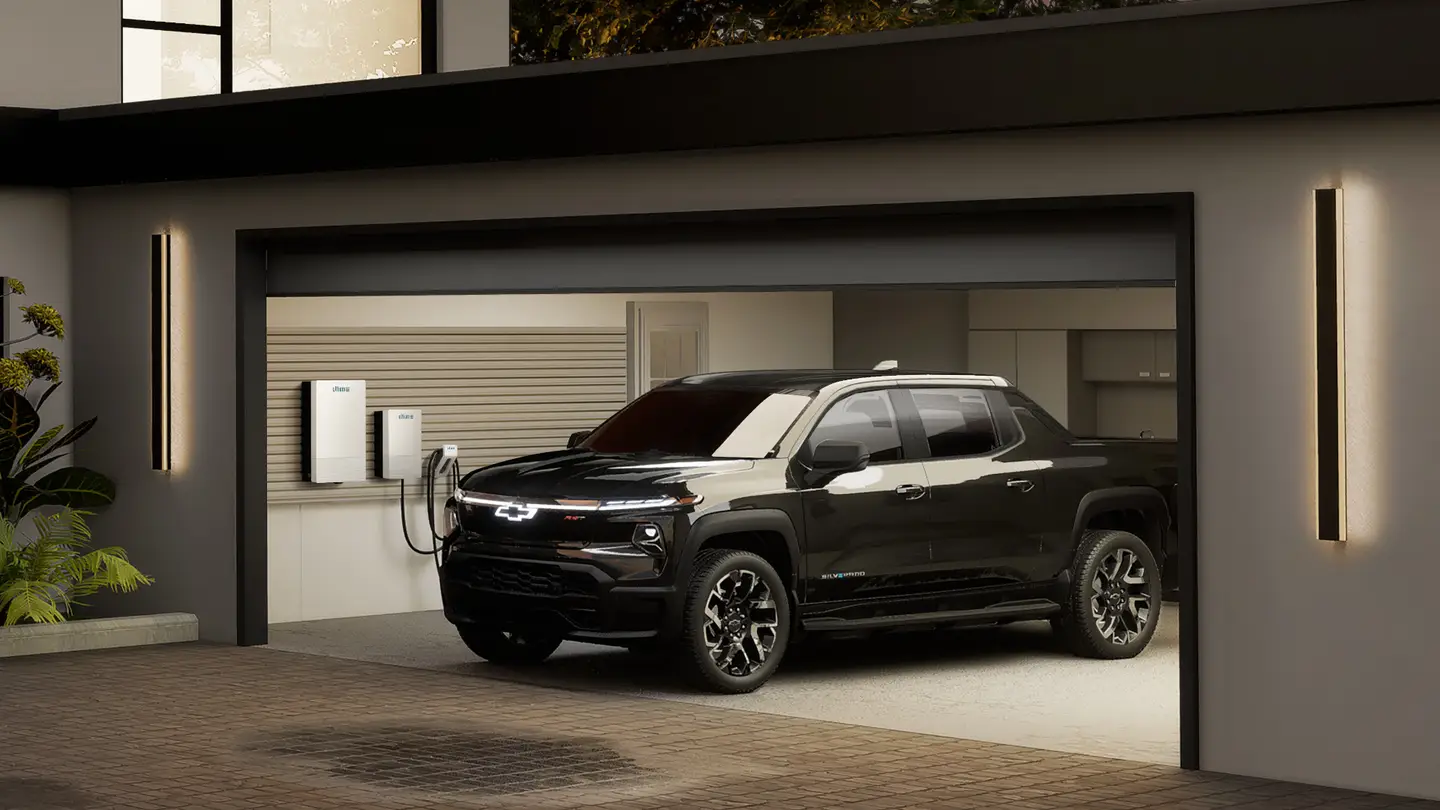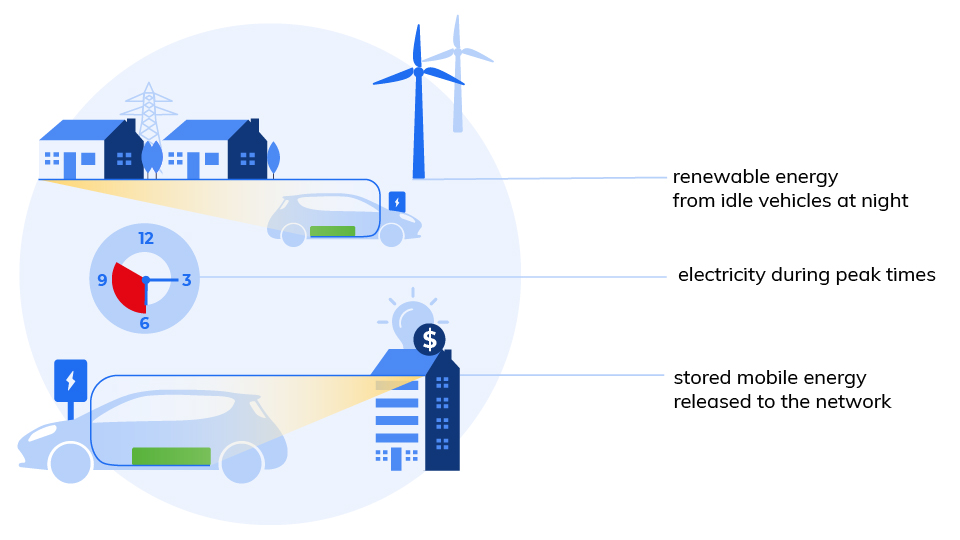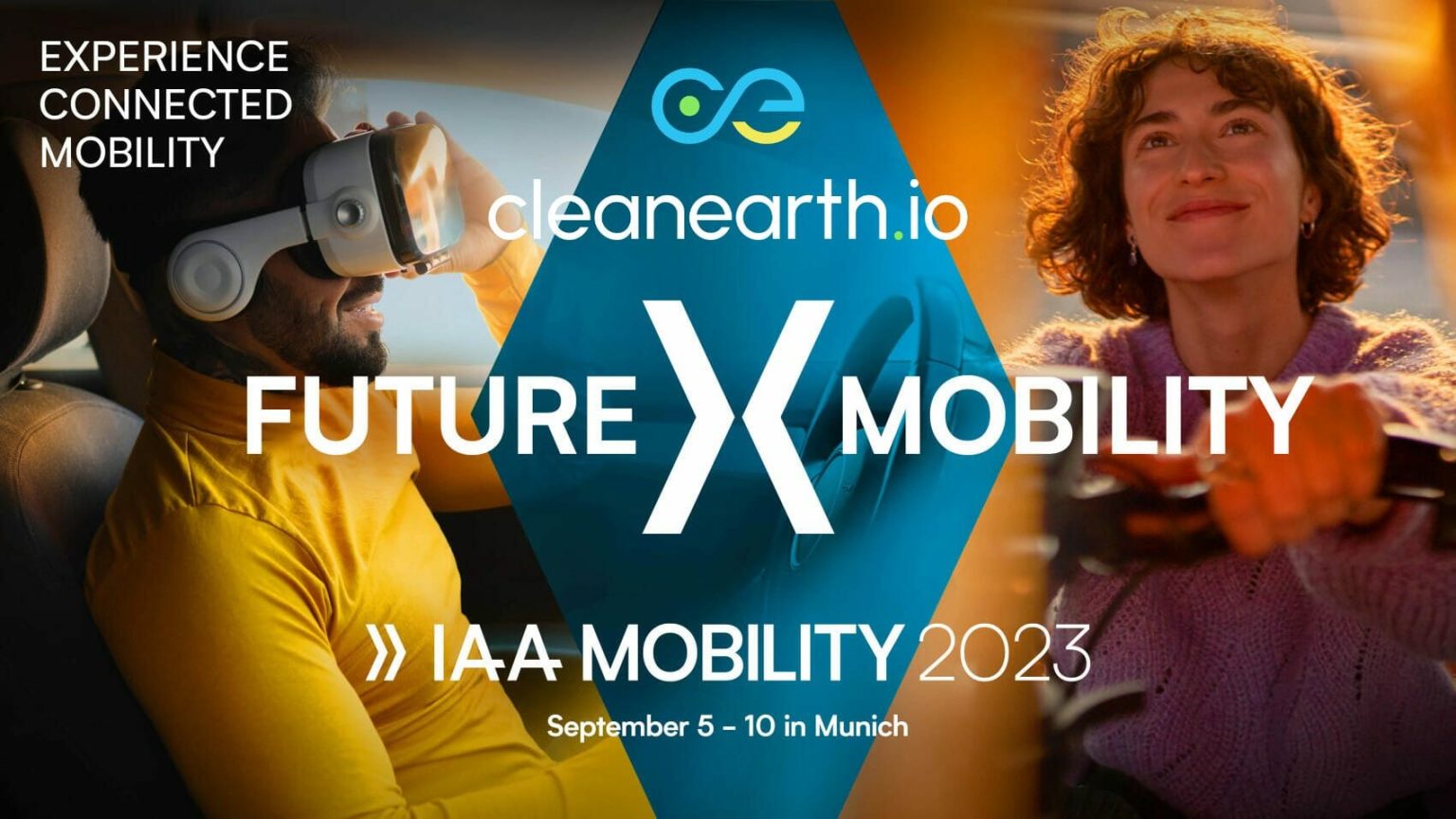California’s Largest Utility Proposes to Use EVs to Prevent Blackouts

California’s power grid is strained by climate-related disasters like wildfires and heat waves. PG&E Corp’s CEO, Patti Poppe, has proposed a solution that relies on using electric vehicles (EVs) helping to prevent blackouts by supplying excess power stored in their batteries during peak demand.
California’s largest utility aims to partner with General Motors to implement bi-directional charging software across their EVs, expanding on the utility’s pilot program that began in 2022. Vehicle-to-grid (V2G) technology enables electric cars to send power back to the grid when parked and plugged in to an electrical source.
Other major automakers such as Ford and BMW, are also developing technologies that enable V2G. Ford’s F-150 Lightning truck, for example, can be used as a mobile power source for homes.
V2G holds great promise, but is still nascent technology. Implementation costs and potential impacts on EV battery lifespan are barriers to widespread adoption.

PG&E’s grid, under constant stress by extreme weather events, requires significant upgrades. The company plans to invest billions in making the grid more resilient, even as they initiate deliberate outages in high fire-risk zones to prevent power line-triggered fires.
Poppe believes that EVs can be essential for grid stability. California, with over a third of the nation’s registered EVs, and an ambitious plan for all new vehicles to be electric or plug-in hybrids by 2035, could significantly benefit.
In PG&E’s service areas, there’s the potential to feed about 9,000 megawatts (MW) back into the grid, nearly the equivalent of five nuclear power plants.
With bidirectional charging, California’s solar energy could be stored in EVs during the day and returned to the grid in the evening, particularly during summer when air conditioners are likely to be running at full power. EVs can function as an emergency backup power source during such events.
Utilities will need to offer drivers incentives, such as paying them for the kilowatt hours they contribute. One study estimates ratepayers could save as much as $1 billion a year from using the technology.
Concerns remain, however, including a potential $3,700 increase to an EV’s cost according to the Alliance for Automotive Innovation. But, with support from the California legislature, and a proposed bill requiring bi-directional charging for new EVs by 2030, the future seems bright for V2G technology.
Popular Now
hub.cleanearth.io Media
Sign Up for the hub.cleanearth.io weekly newsletter
Our biggest stories delivered to your inbox weekly.
By signing up you agree to our Disclaimer, our Privacy Policy & Cookie Statement and to receive marketing and account-related emails from hub.cleanearth.io. You can unsubscribe at any time.







